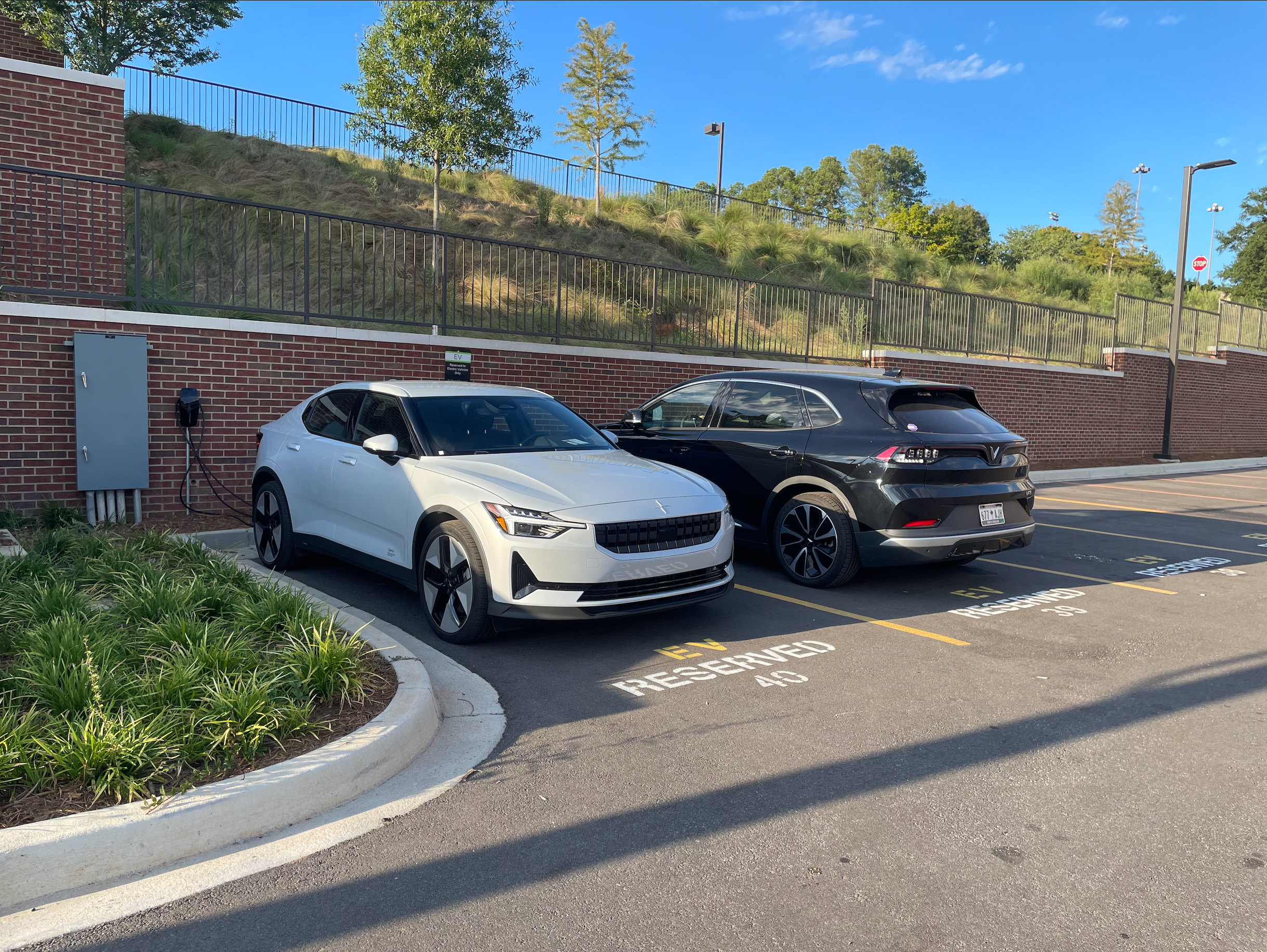What is a Level 1 Charger?
Level 1 chargers plug into standard 120V household outlets and typically provide between 3 and 5 miles of range per hour. They’re best suited for those with short commutes or EVs with small batteries, like the Volkswagen e-Golf.
- Uses a regular wall outlet (no installation required)
- Slowest charging speed
- Good for light daily driving or as a backup
What is a Level 2 Charger?
Level 2 chargers operate on 240V and typically provide between 20 and 50 miles of range per hour, depending on the amperage. They're ideal for daily charging at home, especially if you drive regularly or have a long commute.
- Requires a 240V outlet or professional installation
- Faster than Level 1 chargers
- Speeds vary by amperage:
- 32A = ~25 miles/hour
- 40A = ~30 miles/hour
- 48A–80A = 40+ miles/hour
Your EV can only draw as much power as its onboard charger allows. For example, most Teslas are limited to 48 amps—so using an 80-amp charger won’t charge them any faster than a 48-amp one.
Plug-in vs. Hardwired:
Some Level 2 chargers plug into NEMA 14-50 or 6-50 outlets, while others must be hardwired by a licensed electrician. Plug-in models are more movable, while hardwired units are often used for permanent setups.
J1772 vs. NACS (Tesla Connector)
There are two main plug types for Level 1 and 2 charging in North America:
-
J1772 – Standard for nearly all non-Tesla EVs
-
NACS (Tesla) – Used by Tesla and increasingly supported by other automakers
Most of our chargers use J1772, but adapters are available for both directions (Tesla ↔ J1772). And starting in 2025, many new EVs will ship with NACS ports directly.
How to Choose?
-
Drive a Tesla? Look for NACS-compatible chargers.
-
Drive a non-Tesla EV? Get a J1772 charger—or a Tesla charger with an adapter.
-
Want faster charging? Go with Level 2, ideally 40 amps or higher.
-
Rent or move often? Consider a plug-in Level 2 charger with a NEMA 14-50 outlet.



Share: